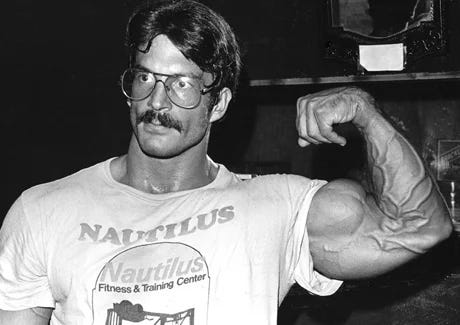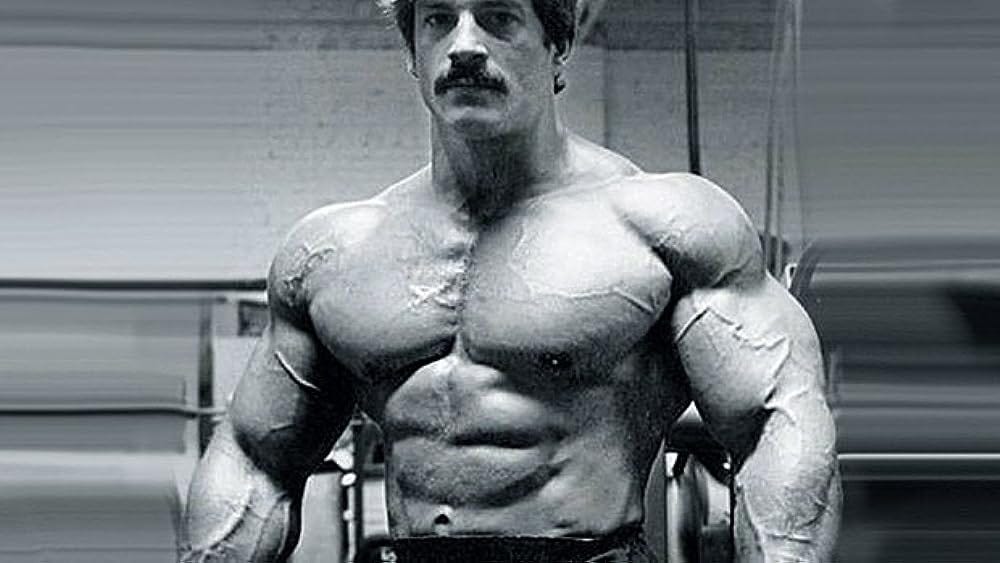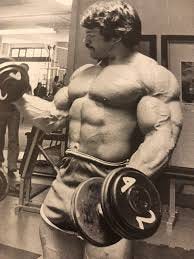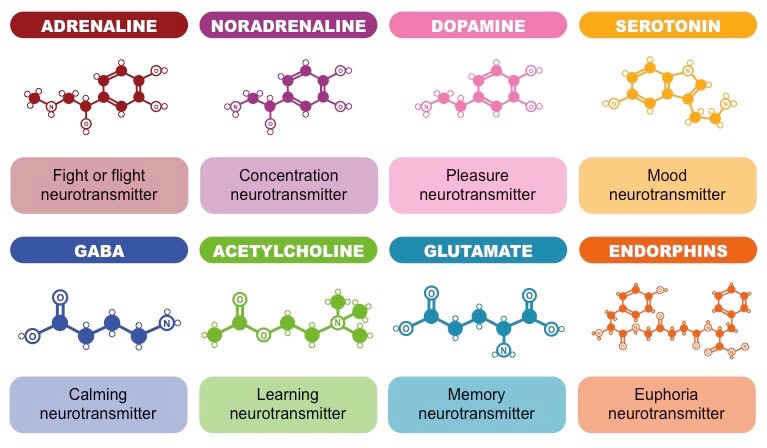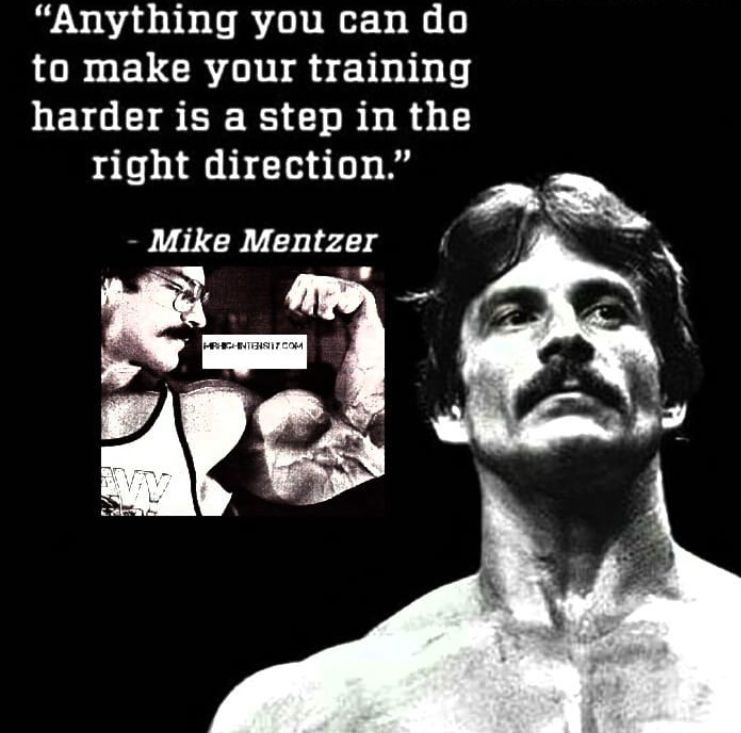Mike Mentzer was a character to say the least. He’s also my favorite bodybuilder (fun fact). To sum up his principles he didn’t believe a particular exercise was a key to success, but instead, intensity of effort was key to determining results. High intensity training (HIT) was a mode of training popularized by Mike and it lives up to the name. Instead of performing multiple working sets to failure, you perform just one per exercise. In Mike's opinion, this is because any more sets will impede recovery and not optimize growth.
Mike Mentzer Training Template
Day 1 Chest & Back
Day 2 Legs & Core
Day 3 Arms & Shoulders
Each muscle group typically had 2 to 3 exercises with just one set to failure. Warmups with submaximal weights are performed to reach the top working set for each exercise. Pre-exhaust sets with high repetitions were also used by Mentzer. Mike would perform leg extensions before moving to a leg press for example.
At the time, many bodybuilders trained twice a day and performed higher volumes. Mike’s training was almost exactly the opposite with less frequent sessions and higher intensities. Personally, I think the approach can be great for some people but disastrous for others. Success with HIT is circumstantial and coaching dependent.
Key Principles of HIT (Heavy Duty Training)
More is not always better
Train hard always
Perform Low volume to stimulate growth
Strict Form
Use controlled tempos and full range of motion to avoid injury but also to properly load the tissue instead of the tendons and ligaments.
Get Stronger to get Bigger (Add weight, volume with reps, or density)
Density = Do more work in less time. For example, 50 total reps in 10 minutes vs. 15 minutes. 40 reps in 3 sets instead of over 4 sets. Strive to reduce the time of your training session to get in better overall shape.
Follow a double progression. Add reps first, then add weight once reps start to creep up to the end of your desired rep range.
Key Considerations For High Intensity Training
Training Age
The heavy duty system in my opinion is better for intermediate and advanced trainees. The system relies on keeping strict form and being able to control repetitions. A novice trainee can have trouble keeping strict form through fatigue. Novices also can’t recruit as many muscle fibers as advanced trainees. Greater volumes are required to get them in better shape, learn technique, and load more muscle fibers.
Training Preference & Personality Type
This is a topic often not talked about. Louie Simmons and Charles Poliquin however have both touched on this subject. Eccentric, extroverted, and type A personalities typically require more exercise variation and get bored of repeating the same exercises. They can also typically train at higher intensities. Introverted and agreeable individuals typically will require more volume. These type B individuals also prefer extended progressions and less frequent variations in their training. They enjoy slow steady progress more than their Type A counterparts.
They aren’t able to summon up the same intensity as the former group and have to make up the difference with more volume. With proper coaching, volume can be reduced and a Type B individual can train with a type A style. One test I found helpful for determining Type A vs. Type B individuals was the Braverman personality test. If you haven’t taken it before, I highly recommend trying it to determine which training style you will have more success with.
Training Frequency
The less frequently you train the harder you need to go. Training twice a week full body can yield results, it however will take a lot more effort and intensity than training 6 times a week will. This rule of thumb is true most of the time. High responders to training will succeed almost regardless of what they do due to their genetic gift. It’s very difficult to change your physiology, training needs to be hard enough to force the body to adapt. If you plan on training with high intensity I recommend only 3 - 4 sessions per week.
Hope you found this article helpful. How do you train? Drop it in the comments below and tell me about your preference for high volume or high intensity. Regardless of what you do, train hard.




